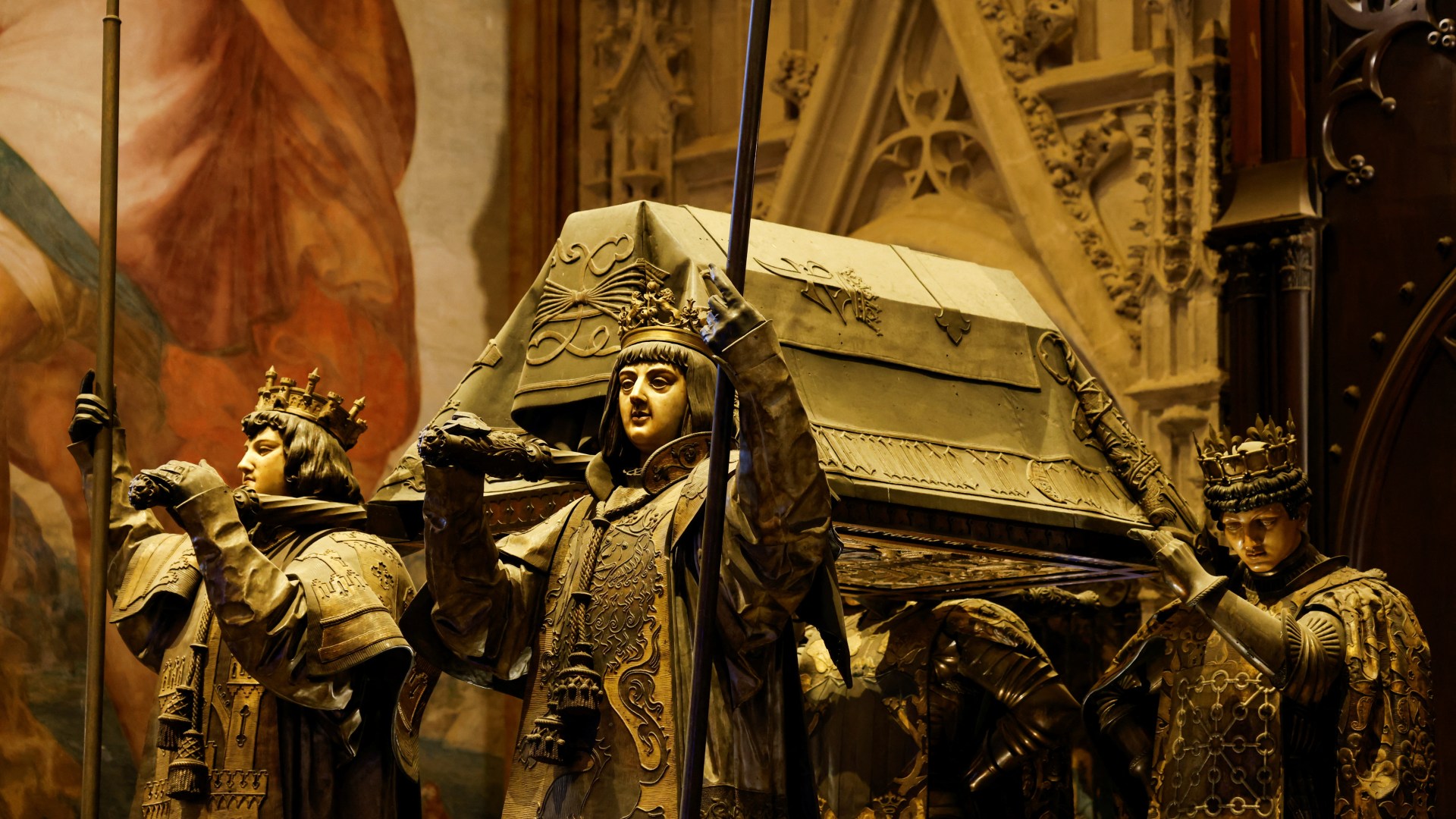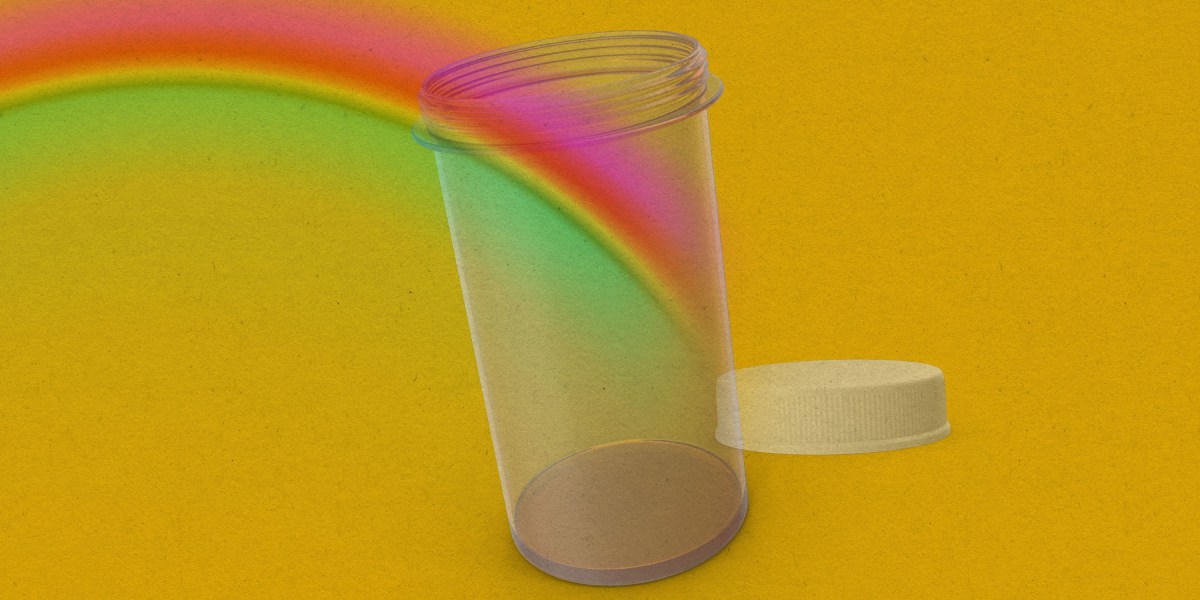SCIENTISTS have finally solved the 500-year-old mystery surrounding Christopher Columbus’ final resting place.
Years have been spent performing DNA analysis on human bones found in Spain’s Seville Cathedral – and experts have now confirmed with “absolute certainty” they belonged to the explorer.
6

6

6

6
For the past two decades experts have been comparing DNA taken from the samples with relatives and descendants – leading to the groundbreaking discovery.
Columbus’ body had been moved around numerous times after his death in 1506, with some claiming he had been buried in the Dominican Republic.
These claims sparked a hunt to track down his actual remains.
The forensic scientists who led the breakthrough research, Miguel Lorente, said about the discovery on Thursday: “Today it has been possible to verify it with new technologies, so that the previous partial theory that the remains of Seville belong to Christopher Columbus has been definitively confirmed.”
Scientists have believed previously that the tomb inside the cathedral was the place Columbus’ body was, but it wasn’t until 2003 when Lorente and historian Marcial Castro could actually open it.
But when they did, the previously unknown bones were discovered inside – launching two decades worth of research.
At the time, DNA technology wasn’t capable of looking at a small amount of genetic material – and providing accurate results.
The experts therefore looked at the remains of the explorer’s son, Hernando, and brother Diego, who were also buried at Seville Cathedral.
Studying the relatives remains made it easier to identify Columbus, with one reason being that their bones were much larger than the fragments found in Columbus’ burial.
Whether the explorer was Italian had always been up for debate among experts, which, with the advancements in DNA, have also been looked at.
Some have also been certain he was born in Genoa, with others claiming Poland or Spain.
Speculations have been ongoing as well that Columbus was Scottish, Catalan or Jewish.
But all is set to be revealed on Saturday in a documentary titled “Columbus DNA: The true origin”, on Spain’s TVE.
Scientist Lorente didn’t reveal the conclusions on Thursday but said that previous theories had been confirmed that the remains in Seville were in fact Columbus’.
He said the “outcome” of the research and data “is almost absolutely reliable”.
Who was Christopher Columbus?
Columbus was an Italian explorer who set out to find a direct ocean route from Europe to Asia.
The young navigator convinced Spanish monarchs Ferdinand of Aragon and Isabella of Castile to support his journey of discovery, and in 1492 he and his crew set sail with three ships.
He is best known for kicking off the European exploration in the Americas, which led to an increase in the trade of food and other resources around the world.
Although he’s remembered as a ground-breaking explorer, critics say his actions led to the transatlantic slave trade and the mass killing and exploitation of indigenous people.
Christopher Columbus ‘discovery of America’

THE navigator stumbled across America in 1492 after setting sail from Spain with a crew of three ships: the Niña, the Pinta, and the Santa María.
He set out to find a direct route from Europe to Asia.
Although he’s best known for “discovering” North America, it’s a common misconception – Columbus actually set foot in South America when he arrived in the New World.
He landed at the Paria Peninsula in what is modern-day Venezuela, according to HISTORY.
On Oct. 12, 1492, his expedition more than likely found Watling Island in the Bahamas and claimed the land for Spain.
Columbus found Cuba later that month, and in December his crew landed on Hispanola, where he established a colony with 39 of his men before returning to Spain with Native captives he called “Indians.”
He also explored the Central and South American coasts, according to the Washington Post.
Columbus’ legacy of exploration has been marred by his brutal and violent treatment of Native people.
The viceroy decimated the Taino population on Hispanola – of the roughly 250,000 Tainos living on the island upon his arrival, only a few hundred remained within 60 years of his landing, HISTORY says.
The colonizer shipped and sold enslaved Tainos to Spain and saw indigenous people in the areas he visited as “obstacles.”
Activists and Indigenous people around the country argue that Columbus represents genocide and slavery.
As America reckons with its long history of racism, statues of the explorer have been taken down as part of a national movement to remove racist symbols such as the Confederate flag.

6

6




